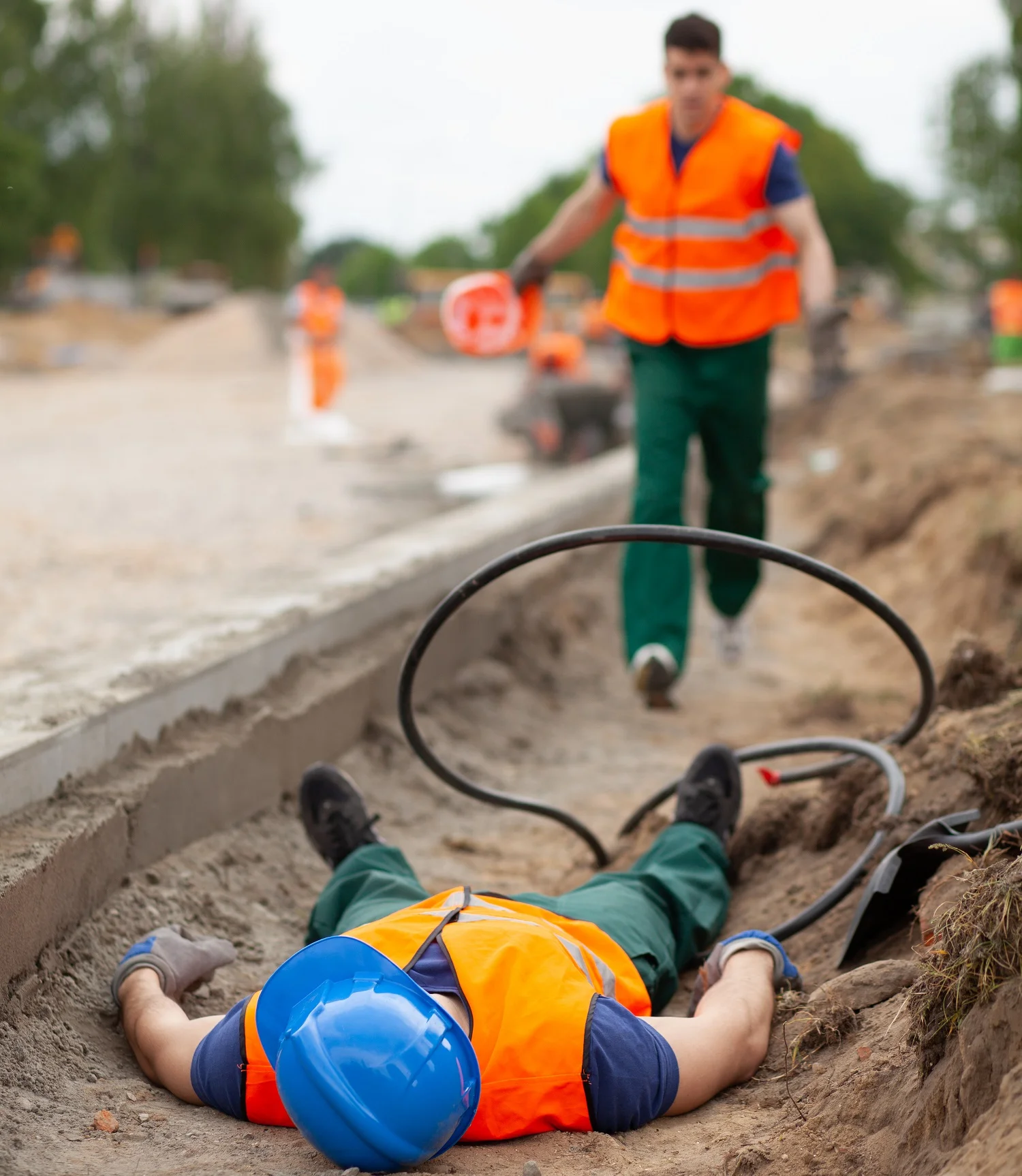Lone workers, by the nature of their job, often face unique challenges and hazards in their day-to-day work environment. They navigate these risks without the immediate support of colleagues or supervisors which makes their safety an even more pressing concern.
This article aims to shed light on the various hazards that lone workers encounter, including physical, environmental, and psychosocial dangers. By understanding these potential threats and implementing effective strategies to mitigate them, employers can create a safer working environment for their staff.
Understanding why lone workers are more at risk
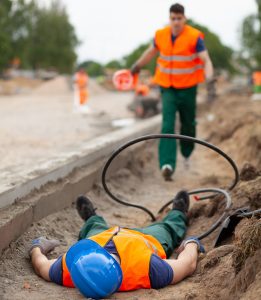
‘Lone workers’ are anyone who completes tasks for their job where they cannot be seen or heard by another member of staff. This doesn’t mean they are more likely to have an accident or are more accident prone than those who are around other people. But this scenario of being alone puts them at a significantly higher likelihood of any incident that does happen, escalating to something more serious.
Common Industries with Lone Workers
Although most industries can have members of staff who work alone, there are a few industries that have higher numbers of staff who consistently work on their own:
- HVAC
- Healthcare
- Retail
- Agriculture
- Construction
- Forestry
- Logistics
- Security
- Anyone working from home
The Top Hazards for Lone Workers
There are many different situations that can affect lone workers more seriously than people who work as part of a team. The simple fact that the worker doesn’t have immediate assistance means that physical hazards, environmental hazards and psychosocial hazards can quickly escalate into a critical situation.
Below are some examples of the different types of hazard and how they could impact a lone worker.
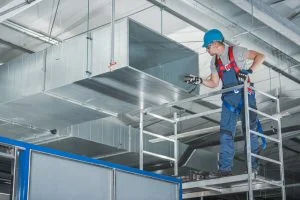
Physical Hazards for Lone Workers
Slips, trips, and falls
Slips, trips and falls are one of the most frequent causes of workplace injury. The dangers of climbing a ladder or working at heights while alone are obvious. However, even slips and falls on the same level can result in serious injuries. Broken bones, internal bleeding, being knocked unconscious are all injuries that are commonly caused by a sudden impact.
Chemicals and electricity
Lone workers also face invisible hazards like chemical fumes and electricity. A lone worker in a laboratory, for example, can quickly be overcome by fumes and unable to call for help. Equally, a lone HVAC technician could be electrocuted whilst in a crawl space without anyone knowing.
Lifting
Handling heavy objects without assistance can significantly increase the risk of injury for lone workers. This can be particularly problematic in situations where a lone healthcare worker needs to lift a patient, or a delivery person has to move an oversized package.
Vehicular Accidents
Lone workers are frequently required to drive as part of their job responsibilities, making the use of vehicles a common aspect of their daily routine. Similar to ensuring employee safety at a worksite, employers bear the responsibility of safeguarding their workers during work-related travel as well.
Heavy machinery
Accidents involving heavy machinery can happen in many ways, with injuries such as machine entanglement ranking high among the most prevalent workplace injuries. Lone workers operating in settings like oil rigs or refineries may handle heavy machinery without anyone else on site. Therefore, in the event of an accident where they are caught or crushed between equipment no one is present to intervene or shut down the machinery. In the aftermath of such an incident, a lone worker could be unable to move or request assistance.
Medical emergencies
In addition to on-the-job injuries, a lone worker could suffer a heart attack, stroke, or severe allergic reaction. This situation is extremely dangerous without a way to contact the emergency services.
Hazardous Objects
In various industries, such as construction, warehousing, or retail, workers may face potential risks due to their proximity to objects in their work environment. Injuries resulting from being struck by or coming into contact with objects can lead to severe consequences, including cuts, lacerations, and concussions.
Psychosocial Hazards
Assault / Violence in the Workplace
Employees working alone and interacting with the public in isolated settings face an increased risk of violent attacks. Many lone workers, such as convenience store employees or truck drivers, can become targets for criminals due to their vulnerability. Similarly, Taxi or rideshare drivers can encounter aggressive or intoxicated passengers.
Stress or Burnout
Working in isolation can take a significant toll on employees. Lone workers may experience heightened stress due to the lack of social interaction, collaboration, and support from colleagues, which can exacerbate feelings of isolation and loneliness.
Additionally, they may struggle to establish a healthy work-life balance, as boundaries between personal and professional life may become blurred when working independently. This can contribute to longer working hours, excessive workload, and a constant pressure to perform without reprieve. Over time, these factors can culminate in burnout, manifesting as physical and mental exhaustion, reduced motivation, and diminished productivity.
The Role of Employers in Lone Worker Safety
According to the Health and Safety Executive (HSE), employers are responsible for ensuring the health and safety of their employees while on the job. This responsibility includes conducting risk assessments when necessary. For lone workers, employers should have completed a risk assessment of their specific working conditions before they began their tasks.
Employees have the right to request access to this assessment at any time and can offer suggestions for updates whenever they believe it is necessary. By actively engaging in the risk assessment process, both employers and employees can contribute to creating a safer work environment.

Creating a Lone Worker Policy
Having a well-designed policy for your lone workers is a crucial component of ensuring workplace safety. It is essential to combine your policy with the most up-to-date lone worker technology available.
Situation based policies and procedures
A comprehensive lone worker risk assessment should identify all employees who may be considered lone workers, either for the entire duration or a portion of their workday, and outline the specific risks each of these workers encounters. An organization might have various types of lone workers, such as those conducting site visits or those staying late in the office by themselves. As the associated risks can differ significantly, it may be necessary to establish separate policies and procedures tailored to each unique situation based on the findings of the risk assessment. This approach ensures that all lone workers receive adequate protection and support in their respective work environments.
Under the Management of Health and Safety at Work Regulations, employers must manage the risk to lone workers. When a lone worker will be at someone else’s workplace it is the responsibility of their employer to ask about any risks and control measures in place to make sure they are protected.
Risks to consider
Risks that particularly affect lone workers include:
- violence in the workplace
- stress and mental health or wellbeing
- a person’s medical suitability to work alone the workplace itself, for example if it’s in a rural or isolated area.
The Importance of Lone Worker Monitoring
Lone worker monitoring is a critical aspect of ensuring the safety and well-being of employees who work in isolation or without direct supervision. In industries where workers operate in remote locations or undertake hazardous tasks, the importance of a complete monitoring system cannot be overstated.
Not only does it offer an additional layer of protection by enabling real-time communication and location tracking, but it also fosters a sense of responsibility and accountability in the workplace. Implementing a comprehensive lone worker monitoring system not only complies with legal and ethical obligations, but it also demonstrates a commitment to employee welfare.
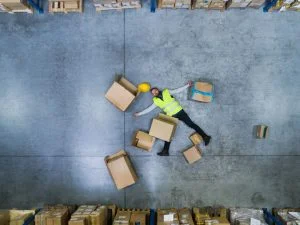
Benefits of Monitoring Technologies
There are many reasons a company should start using a lone worker monitoring. Here are 10 benefits to the worker and company:

Improved Safety
Employee safety monitoring apps provide a range of features, including real-time GPS tracking and panic buttons, that help keep employees safe and secure when working alone.

Peace of Mind
Employees who work alone can feel vulnerable and isolated. Using a lone worker app can provide peace of mind, knowing that help is always available if needed.

Incident Reporting
Lone workering apps allow employees to report incidents easily and quickly. This can help businesses identify potential risks and improve safety procedures.

Reduced Costs
By reducing the likelihood of accidents, injuries, and incidents, businesses can save money on insurance and compensation claims.

Customizable Settings
Lone worker protection apps can be customized to meet the specific needs of each business and employee, providing a tailored solution to lone worker safety.

Quick Access to Emergency Assistance
In the event of an incident or emergency, lone worker protection apps provide quick and easy access to emergency assistance.

Increased Productivity
When employees feel safe and secure, they are more productive. Lone worker monitoring systems help reduce stress and anxiety, allowing employees to focus on their work.

Legal Compliance
Employers have a duty of care to protect their employees, and failure to do so can result in legal action. By using an employee monitoring system, businesses can ensure they are meeting their legal obligations.

Improved Communication
Lone worker apps provide two-way communication between employees and their supervisors, ensuring that any issues or concerns can be addressed quickly and efficiently.

Enhanced Reputation
By prioritizing the safety and well-being of their employees, businesses can enhance their reputation as a responsible and caring employer.
Selecting the Right Monitoring System
When choosing an employee monitoring system you need to ensure it has all the features your workers need.
Automated check in
A vital aspect of any solution is a flexible count down timer on a mobile device. This needs to be set as scheduled check ins ranging from 15 minutes to 24 hours or changed depending on the situation. There should also be automated missed check in alerts if there is no response from the worker.
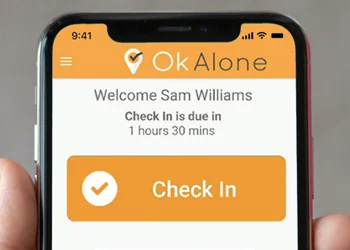
GPS locations
GPS monitoring needs to give a worker’s real time positioning in an emergency, no matter how remote locations are. There should be a number of settings available to workers depending on the accuracy required.
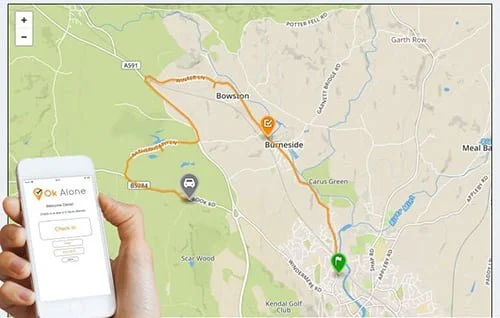
Panic button
If a worker requires immediate help they should be able to tap the HELP button on the app, send an SMS, use voice commands, tap the back of their phone or shake it to trigger an alarm. This should go directly to their monitor/supervisor with location details.
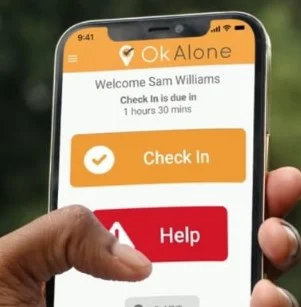
Man Down/Worker Down
If no movement is detected the app should sound audible alerts first informing the worker that there has been no movement to avoid false alarms. If there is no response from the lone worker, then a man down alert should be escalated to an allocated supervisor.
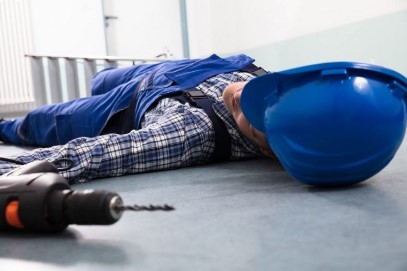
High-risk check in
There are times when a worker is entering a high risk situation and they want the ability to shorten their next check-in time themselves. This should be something they have complete control of through the app.
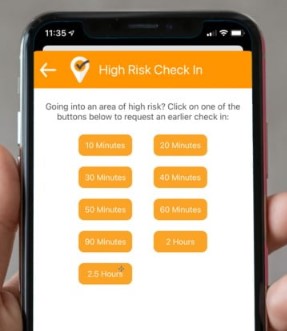
Cloud Based Dashboard
The cloud-based dashboard, available on a range of devices should give a clear, detailed map of the area each worker is in. This will allow supervisors to have precise co-ordinates to send help to if a worker misses a check in or requires emergency services.
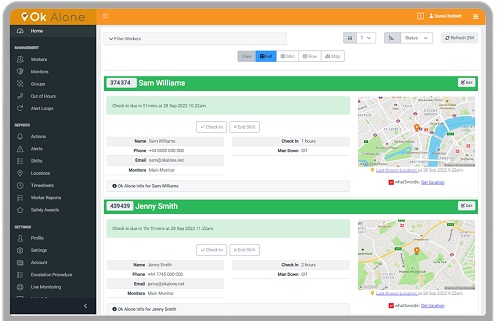

As an expert in lone worker content management, I possess an extensive knowledge base and experience in the area of lone working and safety monitoring. My expertise in this field encompasses a wide range of areas, including risk assessment, training, communication, and technology. I have a deep understanding of the unique risks associated with lone workers and have researched and written many projects and articles to educate people in how to mitigate these risks.
Throughout my time with Ok Alone, I have kept up to date with technological developments, legislative changes and regulations that have been introduced to help organizations ensure the safety of their lone workers.

